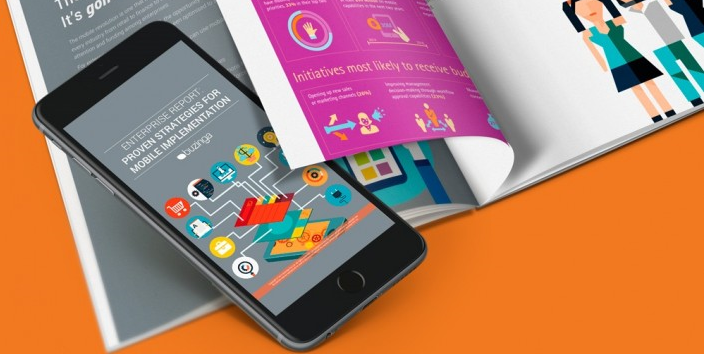6 Proven Ways To Use Mobile Innovation In Your Business
Does your business have a documented mobile strategy?
Not every business needs a mobile app, but every business will benefit from harnessing mobile solutions that either:
- Mitigate risk,
- Engage and retain customers, or
- Optimise internal processes and inefficiencies
The potential of mobile on business’ bottom line is enormous.
Research conducted by Exact Ventures estimates that moving to enterprise mobility services saves an enterprise the equivalent of $264 per user annually!
So how can your company get a piece of the mobile pie?
Here are 6 ways businesses are using mobile to drive constant innovation and profitability.
-
Opening up new sales and marketing channels

This is often the first port of call for customer-facing companies looking to innovate.
Offering customers a mobile website, e-commerce app, or other support app is just another avenue to use products or services from your company.
Many businesses use mobile to complement the customer journey (for example, courier package-tracking apps), or as information portals for customers to look up product information and receive personalised content at the right time.
This is an example of using mobile as an addition to a company’s portfolio of products.
See also: The #1 Mistake Businesses Make When Launching Customer-Centric Mobile Products
Case Study: Anytime Fitness
Anytime Fitness is a leading gym franchise with over 3000 clubs globally.
They have a successful app for their members to access class timetables, communicate with their Virtual Coach and friends, set and track progress towards their fitness goals, view their gym visit history, etc.
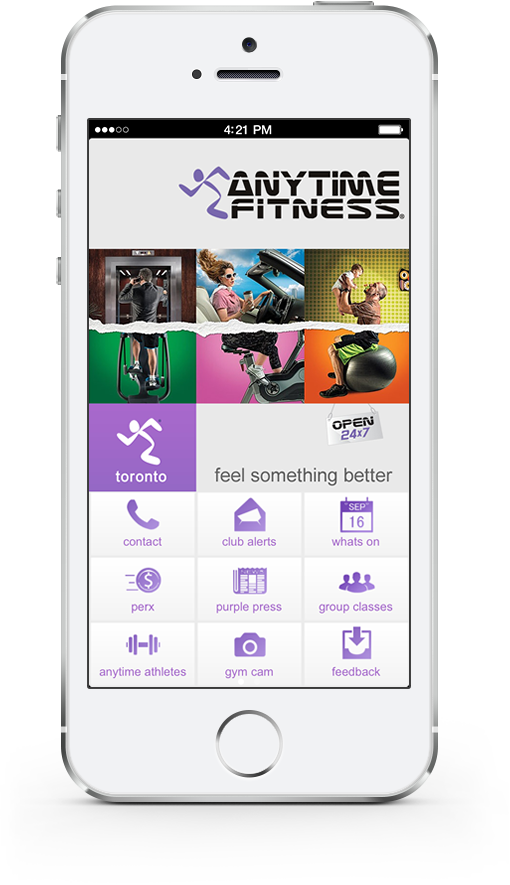
It’s regularly updated with new features from customer feedback (also able to be provided within the app itself). This is a great value-add to engage and retain existing customers.
2. Automating or streamlining internal processes

This is the area where most businesses are bleeding money – the big productivity killers.
The amount of time spent on ‘work about work’, documenting and reporting, etc is a huge cost to most businesses.
What systems and processes do you have in place already that could be optimised?
Are there any regularly occurring, manual tasks that could be made more efficient with a digital solution?
Case Study: Sky
Sky is a pay-TV broadcaster with 24,000 employees across the UK and Ireland. Their marketing department runs hundreds of coordinated campaigns each month, and were finding it incredibly tedious to report on these campaigns to other departments.
They invested in the creation of an internal reporting application with:
- Infographics to present campaign data
- An interactive timeline displaying activity and results; and
- Individual campaign showcase screens with details about each campaign.
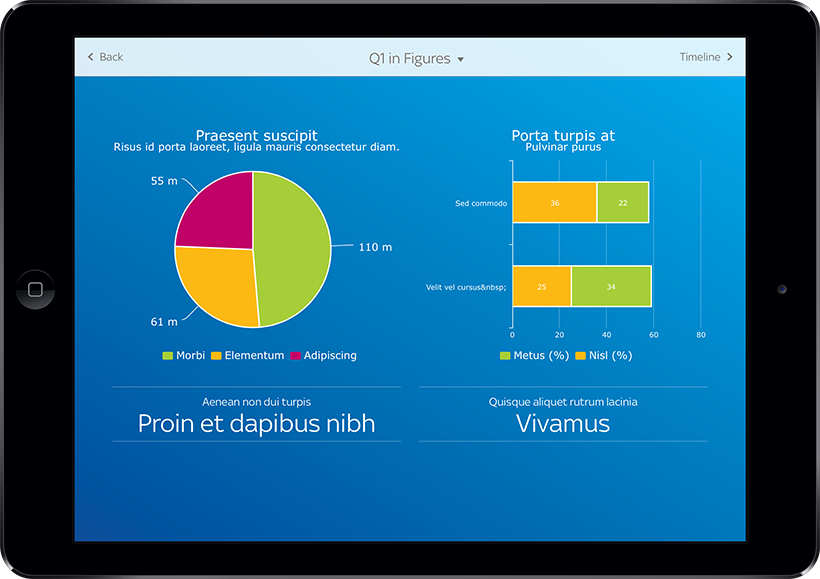
Sky now has 5 internal reporting apps across its departments. This cuts down on the man hours employees spent inputting and presenting this data manually.
3. Monetising data from connected products

This is probably the most complex method of using mobile, but definitely the one which, if correctly executed, will have the biggest ROI.
The effective capture and analysis of data can be used to propel insights and decision making.
You’re probably already tracking visitor behaviour on your website with a free tool like Google Analytics, or perhaps a CRM platform like Hubspot or Salesforce.
Are there other touchpoints that customers have with your staff or brands, where valuable data is being wasted?
Woolworth’s Everyday Reward Card was created for this very reason.
They’ve been able to use millions of bits of data on customers’ purchases and shopping frequency as a springboard for future product and pricing choices.
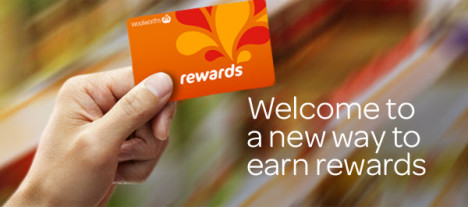
Of course, if you’ve been following Woolworth’s disastrous Loyalty Card rebrand, you’d know how important it is to still be giving value to the customer.
Customers don’t like giving away their precious data to businesses if they aren’t getting something back in return!
4. Improving employee collaboration and communication

The workforce of the future is going to be more mobile, more social and completely distributed.
Creating portals and dashboards for employees can have a huge impact on employee communication and productivity.
Apps like Slack and Asana are great off-the-shelf options.
See also: 8 Enterprise Productivity Tools Saving Businesses Millions Each Year
But a custom solution provides an opportunity to create a one-of-a-kind tool that performs exclusive functions and offers unique solutions for your business.
Case Study: T-Mobile
T-Mobile wanted to motivate employees and improve collaboration.
They created T-Community, an internal social platform that motivates members to solve problems and collaborate on a peer-to-peer basis.
It also serves as a knowledge-base where employees can quickly find answers to common client questions.
The app is gamified to reward people for answering questions, as well as searching for the answers themselves in the instance that it has already been answered.
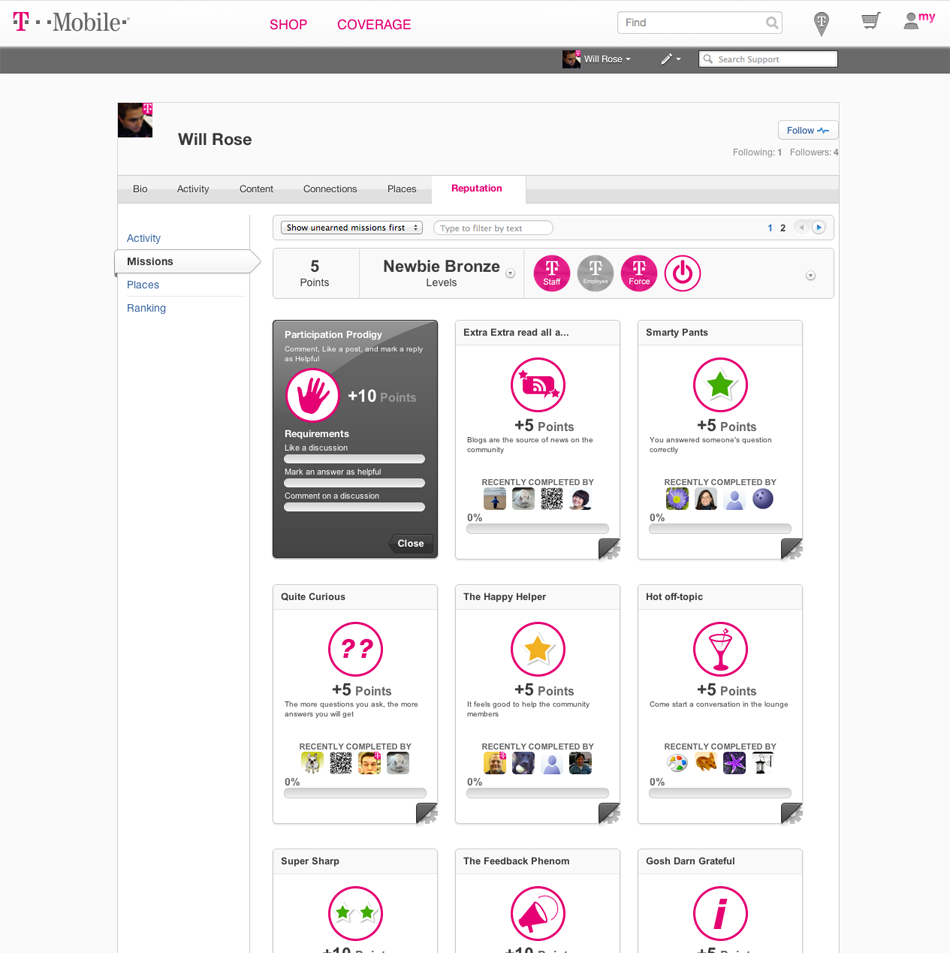
T-Mobile soon saw support costs decrease as the community self-governed and became more familiar with the proper usage of the tools available to them.
Bonus Tip: Employees are increasingly demanding ‘consumerised’ enterprise apps.
These are lightweight, easy to use applications that are aesthetically pleasing – Think Uber or Instagram. They’re NOT jampacked with a full set a of enterprise capabilities that confuses the user.
Think about any existing processes or systems your employees use to work with each other.
Is there anything that could be streamlined or localised with a custom solution?
5. Reaching new target customers

Apps can target different segments of your customer base than your other communication channels.
App users tend to be more mobile and busier than your customers that choose to interact with your touchpoints on desktop, or call you to inquire, for example.
Case Study: NAB Internet Banking
Mobile banking apps are now offered by all the major banks.
These applications are used almost daily by customers who just need simple functionality while they’re shopping or to check their account balance.
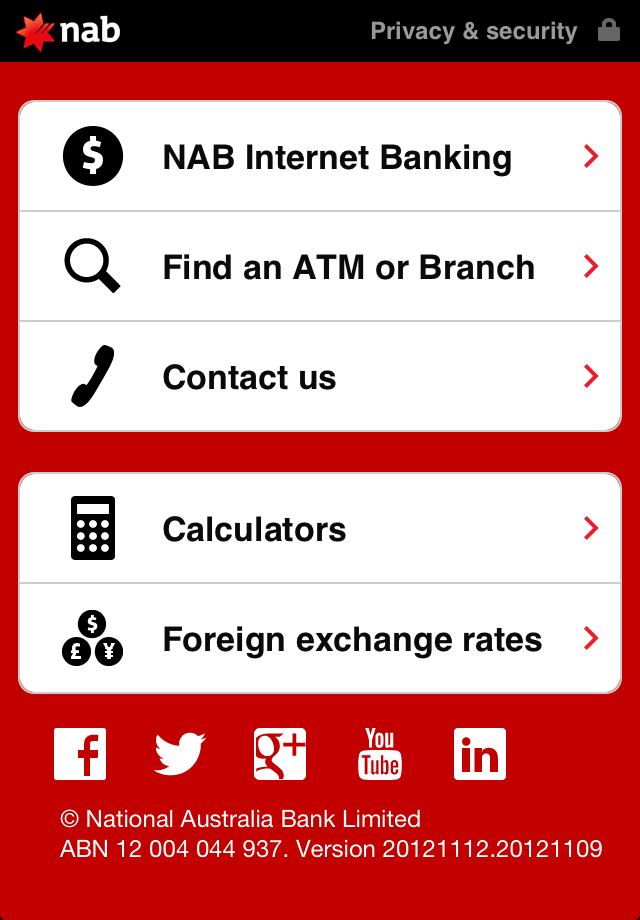
Simply by repackaging some of their existing services into a mobile app, NAB can encourage the use of their services by a different set of customers.
Have a look at how your current services are being consumed by customers.
Are there parts of your portfolio that could be separated into an app that creates a new revenue stream?
6. Providing employees with access to information on the go
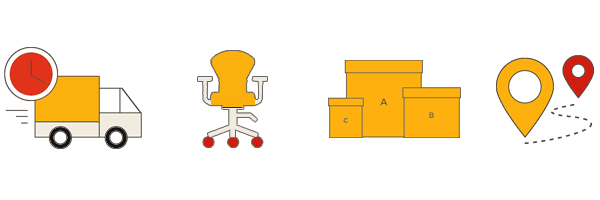
If your staff often have to be out of the office to perform their jobs, it’s essential they have access to company and client information.
Tools for remote workers to access customer databases, fill in timesheets or manage inventory are common examples.
We developed an app for BlueScope Steel that allowed their steel truck drivers quick access to load restraint guidelines and current information about site locations with real-time notifications, among other features.
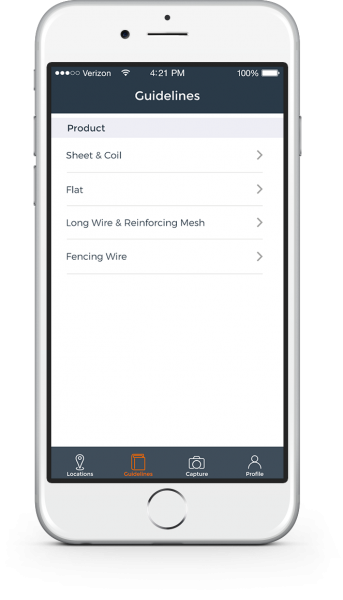
This was a simple solution to replace outdated manual systems currently in use, and it benefits ALL stakeholders in the steel transport industry. Read the full case study here.
How to identify mobile opportunities in your business
If you’re still not sure what’s the lowest-hanging fruit for your new mobile strategy, follow our simple framework:
Step 1: Identify business objectives
Always start with the goal/problem. This ensures you’re not building an app just for the sake of looking on-trend.
For example, your objective might be to increase brand awareness, speed up the customer lifecycle, reduce customer complaints, etc.
Step 2: Look at the customer journey
Analysing the entire customer journey from start to finish will help you identify ALL touchpoints.
For example, website visit, phone call, quote, delivery of product/service, etc.
Step 3: Mobilise the touch points
Brainstorm ideas for how you can mobilise each touch point to achieve the business objective. Then, evaluate based on business priority, cost and projected ROI.
Hopefully these examples have given you some ideas already for how you can innovate your business using mobile.
Want to learn how the pros are achieving mobile ROI within 1 year? Download our enterprise mobility report below…
Latest posts by Logan Merrick (see all)
- Ep 18: Collective Campus’ CEO on Intrapreneurship and Corporate Innovation - December 20, 2016
- 50 User Engagement Strategies For Planning Memorable Mobile Experiences - December 19, 2016
- Latest Data: App Monetisation Trends And Drivers 2015-2020 - November 25, 2016


